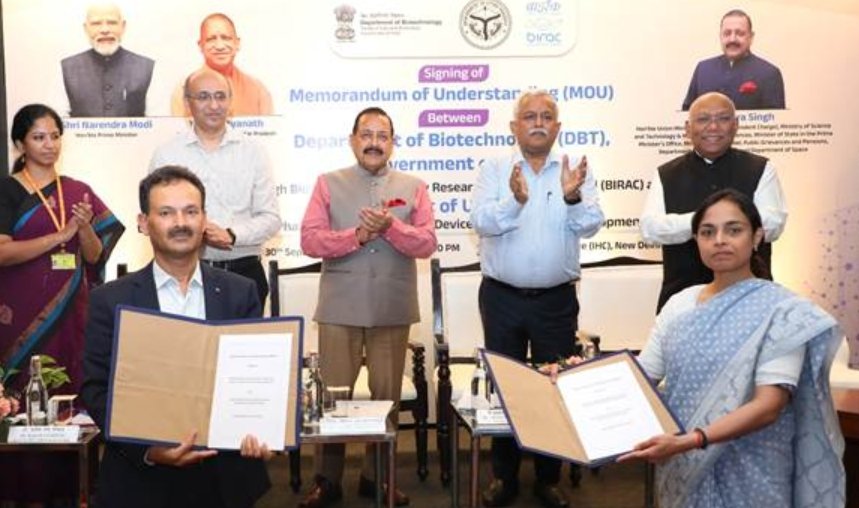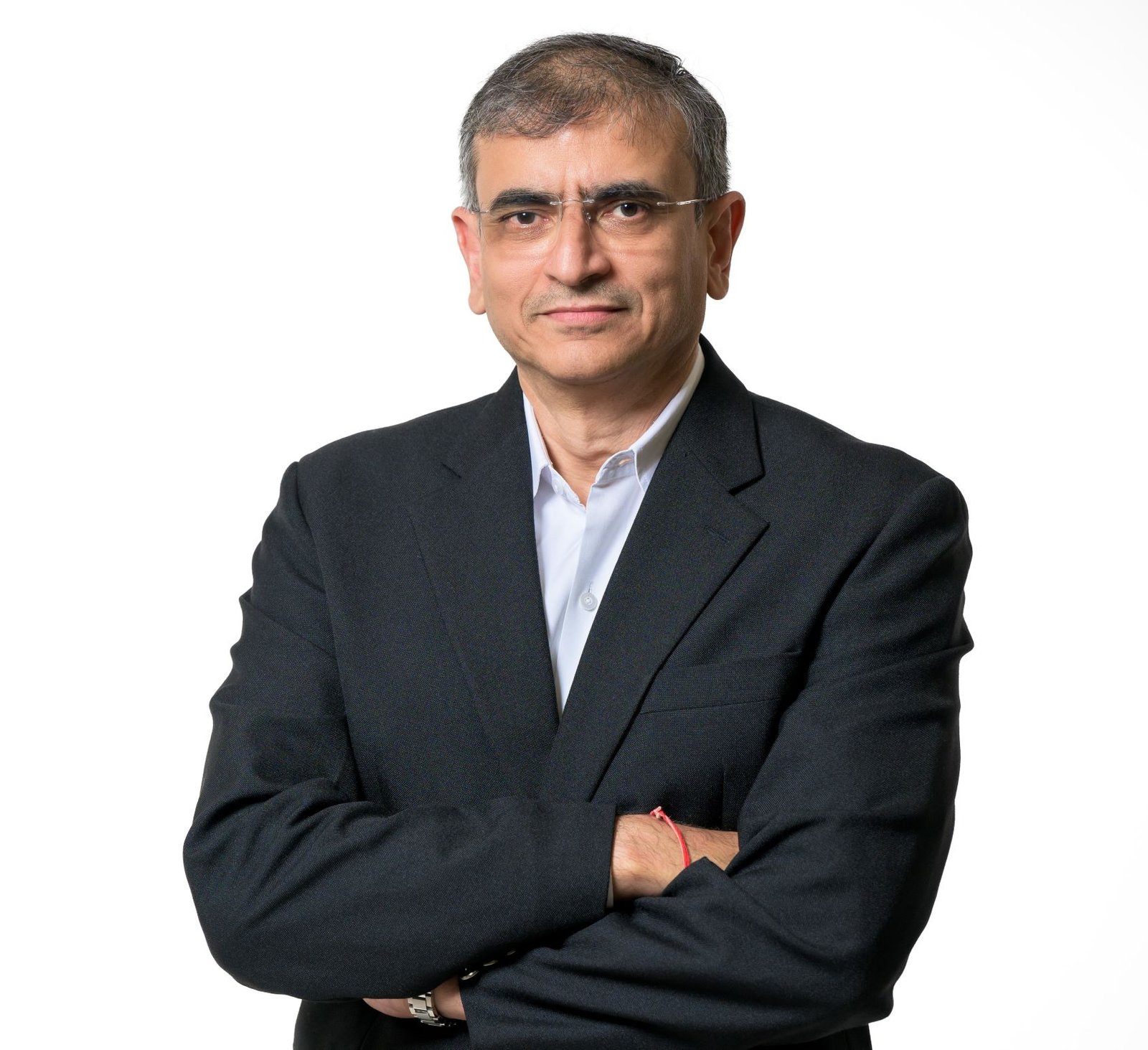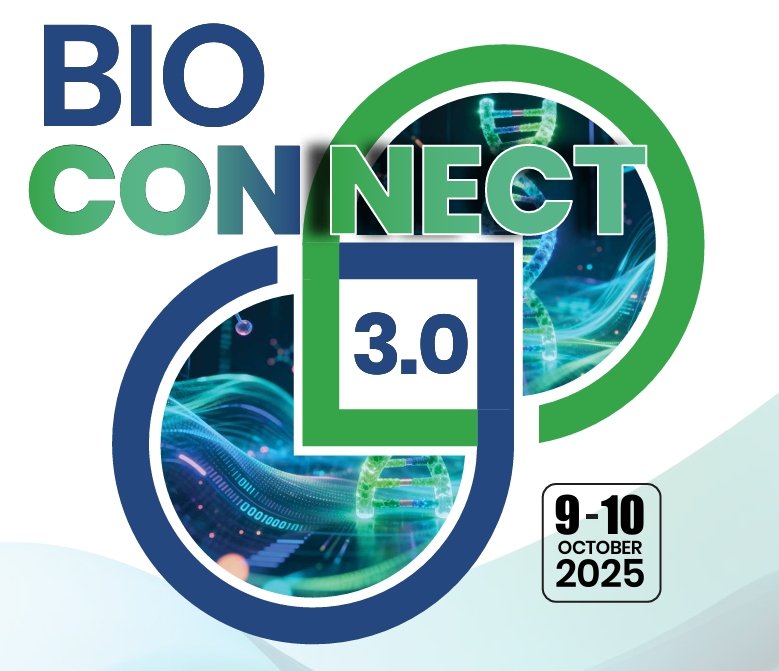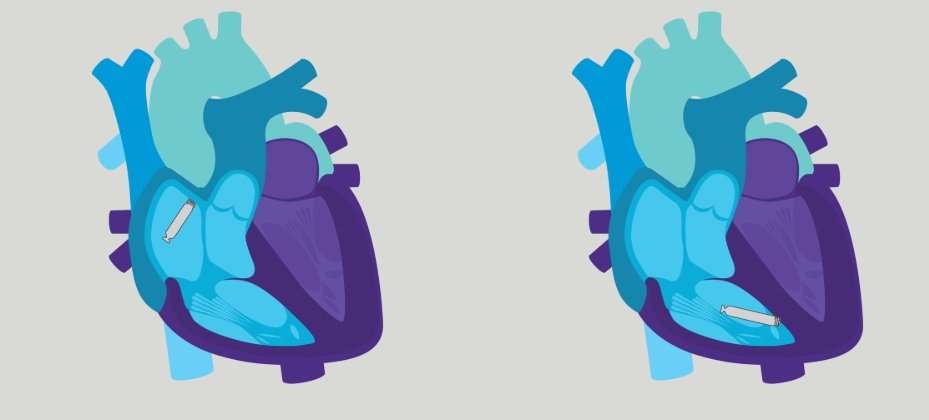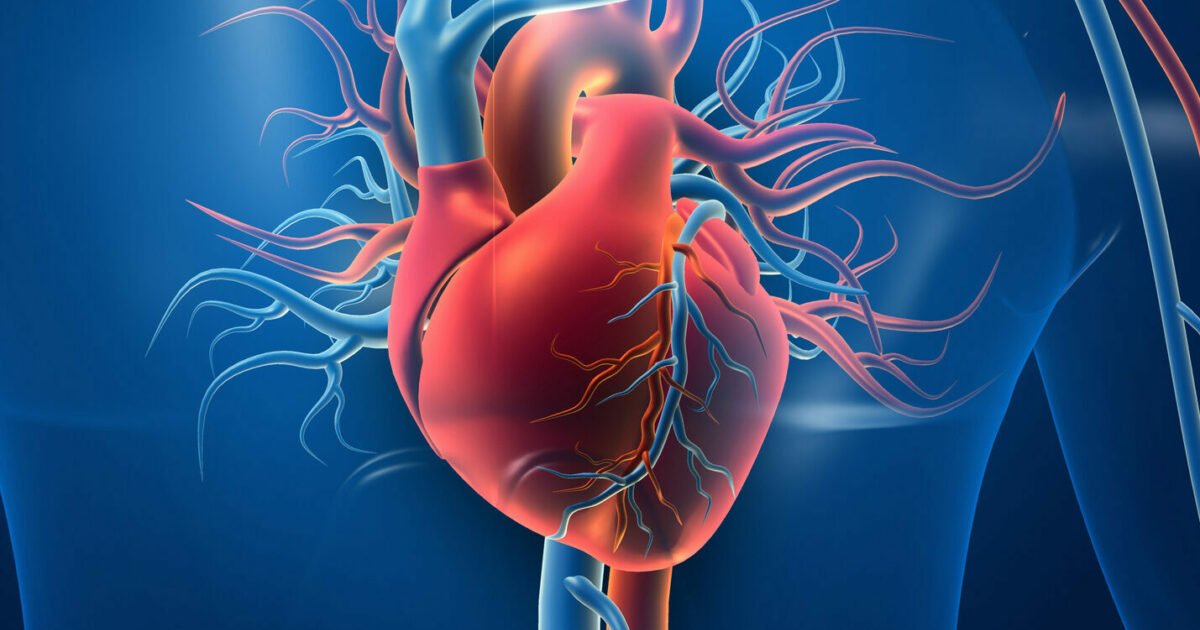Diabetes pipeline-Clinical research in progress
May 05, 2010 | Wednesday | News

Prof. Lesley Campbell, professor of medicine, director of
diabetes services, at Garvan Institute of Medical Research, Australia,
is keen on clinical research and her focus has been in the cause of
type 2 diabetes, particularly what triggers the insulin resistance and
obesity that occurs in 90 percent of people with type 2 diabetes.
To study the cause without the confounding influence of hyperglycaemia
or dyslipidaemia, she studies healthy close relatives of people with
type 2 diabetes—because the disease is under strong genetic influence.
So far her institute has published that such people—with a high
probability of developing diabetes later in life—show deficiency in a
satiety hormone response called Peptide YY (PYY)—while they are still
normal weight— which may predispose them to gain weight in later life.
“We also see that they have a defect in turning on fat oxidation in
response to a fat meal, which may cause the later metabolic
abnormalities,” says Prof. Campbell. “Our work shows that the people
who are to get diabetes already have a biological predisposition
to weight gain (not just ‘willful overeating’ as is so often said) and
in blood and tissue samples we are now able to isolate the mechanisms
for the earliest changes contributing to the insulin resistance that
characterizes the primary defect of type 2 diabetes (as opposed to type
1 diabetes).”
Another area of research for Garvan Institute has been to examine the
challenge of the ‘orphan’ disease Prader-Willi Syndrome (PWS): the most
commonly known genetic obesity disorder arise due to an imprinting
defect on chromosome 15. A project to examine the intense, uncontrolled
hunger that disrupts the life of the family and the sufferer of this
developmental disorder, sometimes resulting in PWS sufferers needing to
live in care situations to restrain their eating.
“We have examined the satiety and hunger hormones of volunteer subjects
from the Royal Prince Alfred PWS clinic in a very strongly matched way
with obese subjects without PWS to tease out any real differences
intrinsic to PWS. We have found higher immune activation that may be an
intrinsic part of the disease,” says Prof. Campbell.
“We have completed a single dose pilot study of a novel
therapeutic agent that is already released for diabetes and may be a
potential treatment for PWS against appetite, as no medication is
recognized as effective at present. This indicates the need for a
longer trial. We are also examining the contributors to the increased
cardiovascular risk in PWS subjects and are comparing the risk factors
with matched obese and lean volunteers. In collaboration with Prof
Herbert Herzog, also from the Garvan Institute, we have commenced a
study by producing a mouse model of the disorder—the technology for
which came recently—that allows the study of the brain with knockout of
the gene and study of the phenotype,” she adds.
Garvan has submitted an intravascular ultrasound (IVUS) study of
rosiglitazone post-stenting examining one year results in the
coronary arteries of diabetic subjects having stents in another artery.
Rosiglitazone has shown improved glycaemic control, lessened
inflammation including adiponectin.
Dr Reddy’s Pharma, one of India’s top pharmaceutical companies by
revenues and sales, announced successful phase III results of its
balaglitazone in January 2010. Dr Reddy’s said preclinical studies
indicated that besides robust glucose lowering ability, balaglitazone
results in lower body fluid accumulation, lower fat accumulation, less
heart enlargement and no reduction of bone formation, indicating that
balaglitazone may be able to displace the balance between desired and
side effects, and thus show a better safety profile than full agonists
of PPAR-gamma.
Danish diabetes giant, Novo Nordisk, has two new-generation insulin
products, Degludec and DegludecPlus—that are intended improve treatment
outcomes and provide more convenient insulin therapy with a possibility
of fewer injections. Currently in phase III development, the Degludec
and DegludecPlus development programs will involve more than 10,000
patients from 39 countries around the world.
The trial program for Degludec is known as BEGIN and will involve more
than 7,000 patients. Degludec has so far demonstrated an ultra-long
duration of action of more than 24 hours, offering the potential of
greater dosing flexibility and lower risk of hypoglycaemia. The trial
program for DegludecPlus is called BOOST and will recruit over 3,000
patients. DegludecPlus is the first soluble combination of an
ultra-long-acting basal insulin with a boost of rapid-acting insulin
(NovoRapid).
Novo Nordisk is also focusing on the development of oral protein
formulations for both insulin and GLP-1 for the treatment of diabetes.
Since data from Drug Abuse Warning Network (DAWN) database and
elsewhere show that injections continue to be a barrier to insulin
initiation among physicians treating diabetes, Novo Nordisk believes
that the introduction of a safe and effective oral insulin (and GLP-1)
product to the market could lead to earlier use of insulin in diabetes
treatment, and hence, the potential for better treatment outcomes and
reduced risk of disease-related complications in people with diabetes
all over the world.
In an interview with BioSpectrum, Jesper Hoiland, senior vice president
of international operations, Novo Nordisk, says a oral insulin pill was
introduced in Germany in December 2009 and is in a phase I clinical
trial. “In the long run, within eight to 10 years we can see the
diabetes pill becoming available in the markets.” According to him the
oral insulin looks fine in clinical trials done so far.
The power of prevention
Prof. Campbell of Garvan Institute says no prevention trial of type 1
diabetes is known to be successful. Insulin therapy in type 1 diabetes
has been improved by insulin analogues, usually treated with background
dept insulin and short-acting analogue with each meal, but young people
in particular are using insulin pump therapy. Continuous glucose
monitoring is not commonly used. Transplants are offered only to those
with complications such as renal failure or severe hypoglycemia.
For many people, type 2 diabetes can be managed or prevented by a
healthy diet and regular exercise. Many people worldwide do not know
they have diabetes, and many of those who do know are in poor control
of their diabetes. Lifestyle change is still the first option for
the treatment of type 2 diabetes, experts say that treating diabetes at
an early stage improves quality of life, but is cost-effective,
especially if it prevents hospitalization. There is conclusive evidence
that good control of blood glucose levels can substantially reduce the
risk of developing complications in all types of diabetes.
Financial burden
Diabetes imposes a large economic burden on the individual, national
healthcare system and economy. Healthcare expenditures on diabetes are
expected to account for 11.6 percent of the total healthcare
expenditure in the world in 2010. Most countries will spend between
five and 13 percent of their total healthcare dollars on diabetes.
According to IDF Diabetes Atlas, estimated global healthcare
expenditures to treat and prevent diabetes and its complications are
expected to total at least Rs 16,71 lakh crore ($376 bn) in 2010. By
2030, this number is projected to exceed Rs 21.77 lakh crore ($490 bn).
Expressed in International Dollars (ID), which corrects for differences
in purchasing power, estimated global expenditures on diabetes will be
at least ID418 bn in 2010, and at least ID561 bn in 2030. An estimated
average of $703 (ID878) per person will be spent on diabetes in 2010
globally.
There exist a large disparity in healthcare spending on diabetes
between regions and countries. More than 80 percent of the estimated
global expenditures on diabetes are made in the world’s economically
richest countries, not in the low- and middle-income countries where
over 70 percent of people suffer from diabetes.
The US, is projected to spend Rs 8.80 lakh crore ($198 bn) or 52.7
percent of global expenditure in 2010, while India, the country with
the second largest population of people living with diabetes, is
expected to spend an estimated Rs 12,444 crore ($2.8 bn), or less than
one percent of the global total. An estimated average of Rs 3.28 lakh
($7,383) per person with diabetes is expected to be spent on
diabetes-related care in the US but less than Rs 444 ($10) per person
will be spent in Burundi, Côte d’Ivoire and Myanmar in 2010.
The World Health Organization (WHO) predicted net losses in national
income from diabetes and cardiovascular disease of ID557.7 bn in China,
ID303.2 bn in the Russian Federation, ID236.6 bn in India, ID49.2 bn in
Brazil and ID2.5 bn in Tanzania (2005 ID), between 2005 and 2015.
The largest economic burden, therefore, is the monetary value
associated with disability and loss of life as a result of the disease
itself and its related complications. This economic burden, however,
can be reduced by implementing many inexpensive, easy-to-use
interventions, most of which are cost-effective or cost-saving, even in
the poorest countries.
Unraveling type 1 diabetes
Type 1 diabetes is increasing three percent per annum globally,
according to Eurodiab and WHO registry. Several factors are
thought to play a part (including increasing recognition of slow onset,
non-classical type 1 diabetes in children and LADA, late onset type 1
diabetes) in older adults. The possible environmental factors
include infectious exposure, vitamin D deficiency, less exercise and
more obesity.
Scientists at The Scripps Research Institute in the US recently
unraveled the 40 year old mystery of how certain genetic mutations lead
to type 1 diabetes. The researchers says their findings could lead to
novel therapies for type 1 diabetes and other autoimmune diseases.
Three genetic variations in particular (HLA-DQ2, HLA-DQ8, and
HLA-DR0405)-all located in the region of the genome called human
leukocyte antigen (HLA) are known to increase risk of diabetes.
These three genes encode molecules that present peptides to the body’s
T cells, which determine whether the peptide being presented is
dangerous and needs to be eliminated from the body, as in the case of
foreign invaders such as bacteria or viruses-or whether the peptide is
‘self’, part of the host and something the immune system needs to leave
alone. However, in the context of type 1 diabetes, T cells aggressively
attack the body’s own cells. While type 2 is responsible for most of
the increase in diabetes.
HEALTH EXPENDITURE
FOR DIABETES IN 2010-APAC
| Country/Territory |
2010
Population (20-79 years) (000’s) |
Mean
health expenditure(US$) per person with diabetes |
| Australia |
15127.7 |
3781 |
| China |
964301.6 |
115 |
| China, Hong Kong |
5732.5 |
N/A |
| China, Macau |
382.9 |
N/A |
| Indonesia |
152827.7 |
41 |
| Japan |
96665.9 |
3125 |
| South Korea |
36602.9 |
1255 |
| Malaysia |
16919.9 |
325 |
| New Zealand |
2952.4 |
2965 |
| Singapore |
3433.2 |
1129 |
| Taiwan |
14221.6 |
N/A |
| Thailand |
45924.4 |
144 |
| India |
713498.4 |
55 |
| Philippines |
50999.8 |
61 |
DIABETES
RESEARCH PIPELINE
BIOCON
IN -105 (Oral Insulin)
Subcutaneous insulin is very effective in the treatment of diabetes but
its prescription is generally delayed due to inconvenience of needle
usage and potential hypoglycemia (caused by excess insulinization). In
contrast, Oral insulin (ie. Insulin in tablet form) is simple and
painless to administer. Additionally, it is delivered through the
portal vein, mimicking the natural physiology of the body. If
successful in the clinic, oral insulin could become a very important
therapy for intervention in earlier stages of diabetes.
Biocon is developing IN -105, a conjugated insulin molecule that is
orally delivered and targeted towards the treatment of diabetes. In
2009, the company has made significant progress along its development
life cycle. Biocon’s R&D group has successfully developed a tablet
for oral delivery of IN -105, its formulation carefully selected to
give consistent absorption and glucodynamic (glucose-lowering) effect.
In the clinic, this molecule has completed phase I and initial
dose-range-finding phase II trials.
TAKEDA
Insulin pipeline
SYR-322 is a promising pipeline drug for the treatment of diabetes,
following Takeda’s core product Actos. SYR-322, which acts as a DPP-4
inhibitor, was discovered by Takeda San Diego (TSD) as a therapeutic
agent for type 2 diabetes. Takeda is also working to develop a product
combining SYR-322 with Actos.
Short-acting insulin secretagogue diabetes concomitant therapy with
thiazolidinediones.
- Insulin sensitizer
- Diabetes Concomitant therapy with thiazolidinediones
- Diabetes Concomitant therapy with insulin
- Diabetes Concomitant therapy with biguanides
- Diabetes Fixed dose combination with extended-release
metformin
- Diabetes Fixed dose combination with metformin
- Diabetes Fixed dose combination with glimepiride
- Diabetes Orally disintegrating tablet
- Alpha-glucosidase inhibitor
- Prevention of the onset of type 2 diabetes with impaired
glucose tolerance (IGT) DPP-4 inhibitor
- DPP-4 inhibitor
- Diabetes
- Diabetes Fixed dose combination with Actos
- Diabetes Concomitant therapy with thiazolidinediones
- Diabetes Fixed dose combination with metformin
- Neurotrophic factor production accelerator
- Glucose-dependent insulin secretagogue
|
Sanjeev Jain in Bangalore


 Prof. Lesley Campbell, professor of medicine, director of
diabetes services, at Garvan Institute of Medical Research, Australia,
is keen on clinical research and her focus has been in the cause of
type 2 diabetes, particularly what triggers the insulin resistance and
obesity that occurs in 90 percent of people with type 2 diabetes.
Prof. Lesley Campbell, professor of medicine, director of
diabetes services, at Garvan Institute of Medical Research, Australia,
is keen on clinical research and her focus has been in the cause of
type 2 diabetes, particularly what triggers the insulin resistance and
obesity that occurs in 90 percent of people with type 2 diabetes. 